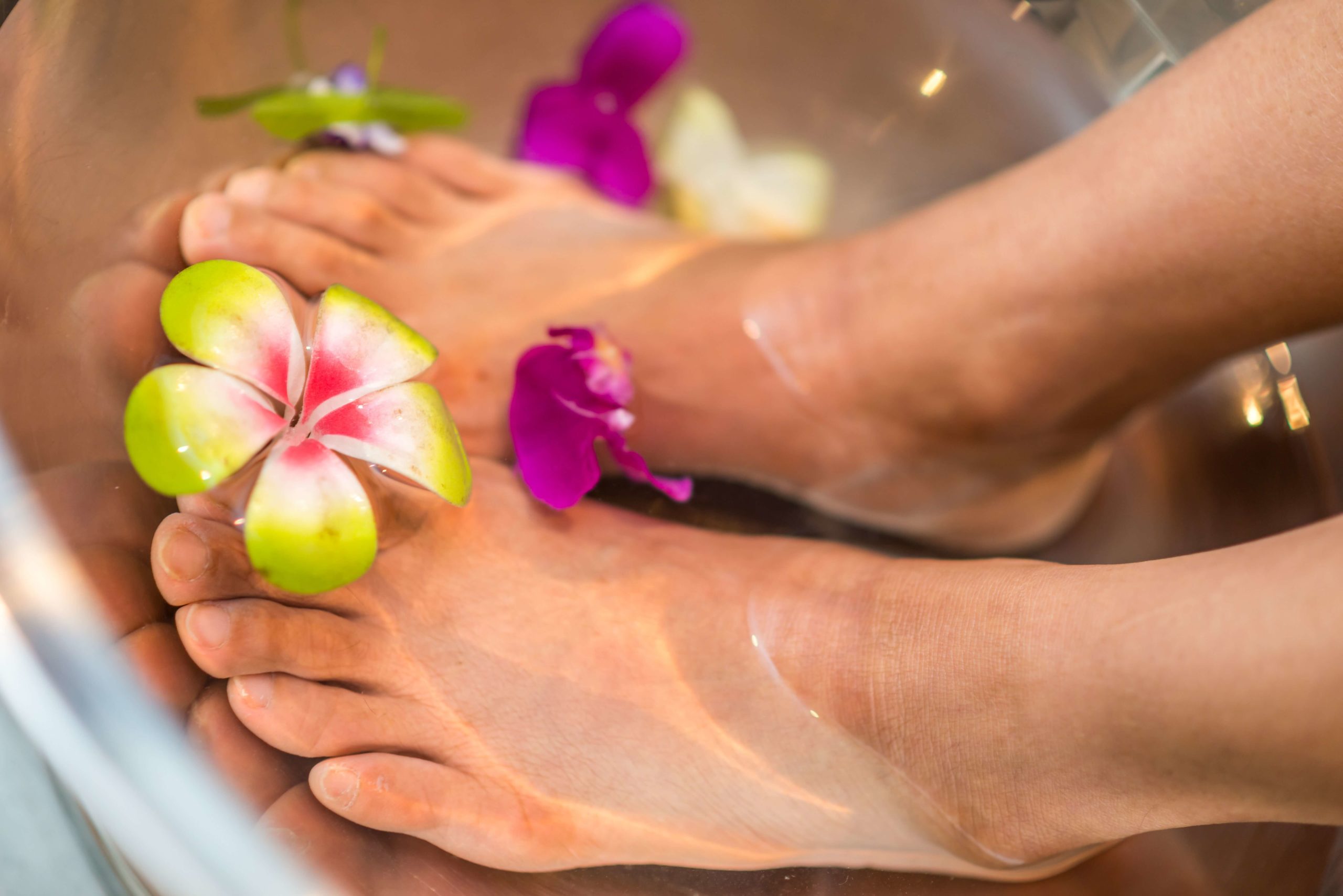Dry, Cracked Feet – A Simple Guide to Healing
A Simple Guide to Healing Dry, Cracked Feet
With summertime around the corner, many of us are probably eager to leave the house and enjoy some outdoor activities. However, this will also mean putting on sandals and flip-flops which, for many people, means exposing dry, cracked feet that are in dire need of some tender loving care. Particularly unsightly feet may even be embarrassing enough that it prevents some people from wearing open-toed footwear. Hopefully with this brief guide, we can help you make a lasting difference in the condition of your feet.
Try our FREE dermatology search engine and get peace of mind within a second
What causes dry, cracked feet?
Rough, dry skin occurs on the bottom of the feet, especially at the heels, due to an impaired skin barrier. Dry climates and winter weather are common causes of this. Other common causes include taking very hot baths or showers either too long or too often. People with diabetes should regularly examine their feet because nerve damage due to uncontrolled blood sugar can cause dry skin.
As the dryness progressively worsens, the outer layer of skin will begin to develop fissures. Excessive weight contributes additional stress on the heels and increases the chances of forming cracks in dry skin. In addition to their undesirable appearance, these cracks can also cause functional impairment by making it painful to walk. If severe enough, the cracks can either bleed or become susceptible to a bacterial infection, especially in diabetics.
What causes calluses and corns?
Calluses and corns are focal areas of hard, thick skin. They serve a protective function by helping to prevent blisters. Corns and calluses are caused by friction and pressure, including poorly-fitting shoes that chronically rub against the skin. Standing for longer periods of time or walking and running a lot can also contribute to the formation of corns and calluses. However, callus formation predisposes diabetics to foot ulcers.
What can I do to achieve healthy-looking feet?
Typical body lotions are unlikely to yield lasting improvements for dry, cracked feet. We recommend finding thicker creams and ointments that contain elevated levels of urea, salicylic acid, and/or lactic acid. These products can tackle dry, cracked feet as well as corns and calluses. Urea is a key component of the body’s Natural Moisturizing Factor (NMF) that keeps the outer layer of skin hydrated. It can also prevent itchiness and kill bacteria. Urea is keratolytic so as its concentration increases, its ability to shed dead skin cells as an exfoliating agent increases as well. Salicylic acid is another keratolytic that promotes the shedding of dead skin cells. Like urea, lactic acid can both hydrate and promote skin turnover to exfoliate and create smoother skin.
Products with these ingredients should be applied to clean, dry feet; putting socks on right after can help drive in these chemical exfoliants into the feet. However, frequent or excessive use of salicylic acid should be avoided in those who are pregnant.
Using an exfoliating scrub or a pumice stone can help tackle stubborn corns and calluses. Fortunately for those going to the beach, soaking in salt water can help loosen dry skin on the feet. Because sand is a natural exfoliant, it can help reduce the size of corns and calluses on the feet as well.
Consult our online dermatologists today and get an answer on your concern within hours.
Once you have achieved the feet that you want, it is important to maintain them to avoid the problems from coming back. Try to avoid walking around barefoot and wear socks or slippers around to decrease your exposure to bacteria and fungi. When you are not wearing sandals and flip-flops, make sure you are wearing properly fitting shoes to prevent new corns and calluses from forming. In those who have structurally susceptible feet, narrow-toed shoes can result in the formation of a bunion, which is a painful bump that develops at the base of the big toe.
Toenails should also be clipped short since increased nail surface area promotes fungal infections. Doing so will also reduce the amount of trauma to the nail bed as trauma can result in lifting of the nail. However, do NOT cut the nails too short or round the nail edge since they can increase the susceptibility of developing painful ingrown nails.
In addition to regularly clipping toenails and wearing properly-fitting shoes, applying a cream or ointment with urea, salicylic acid, and/or lactic acid will be the workhorse in your regimen towards achieving smooth, soft, and healthy-looking feet. If you have noticed a persistent abnormality on your feet and toenails, or anything else that is suspicious on your skin, then we would recommend consulting a dermatologist for a closer examination.
At First Derm, we have online board-certified dermatologists ready to take a look at your skin concerns. Simply upload an image anonymously and we’ll do the rest!
Try our FREE dermatology search engine and get peace of mind within a second
Ask a Dermatologist
Anonymous, fast and secure!

Medical student at Rutgers New Jersey Medical School and aspiring dermatologist. I graduated from the University of Pennsylvania summa cum laude with a Bachelor of Arts in Economics. I have published peer reviewed medical papers, including on basic science research in dermatology.


